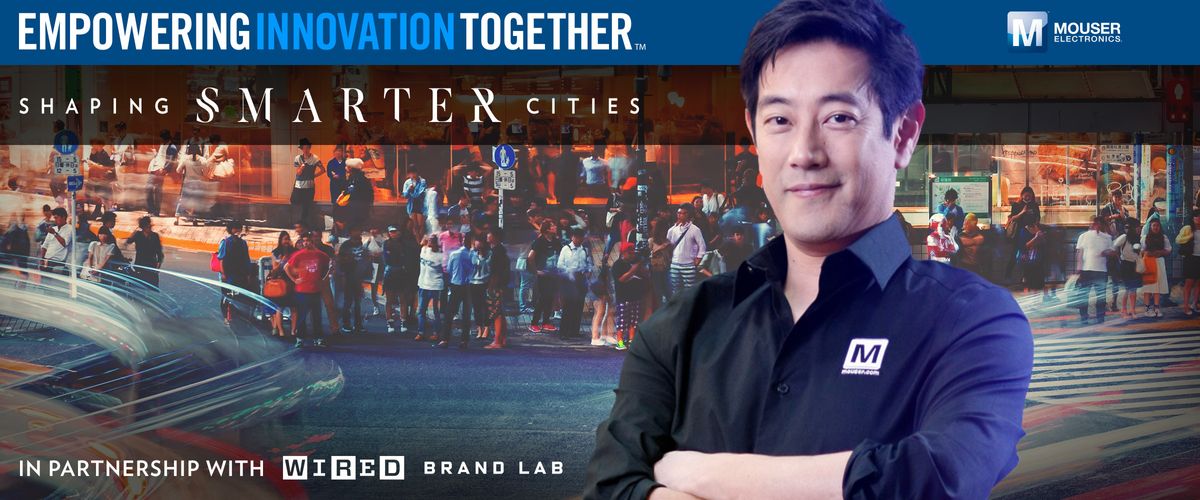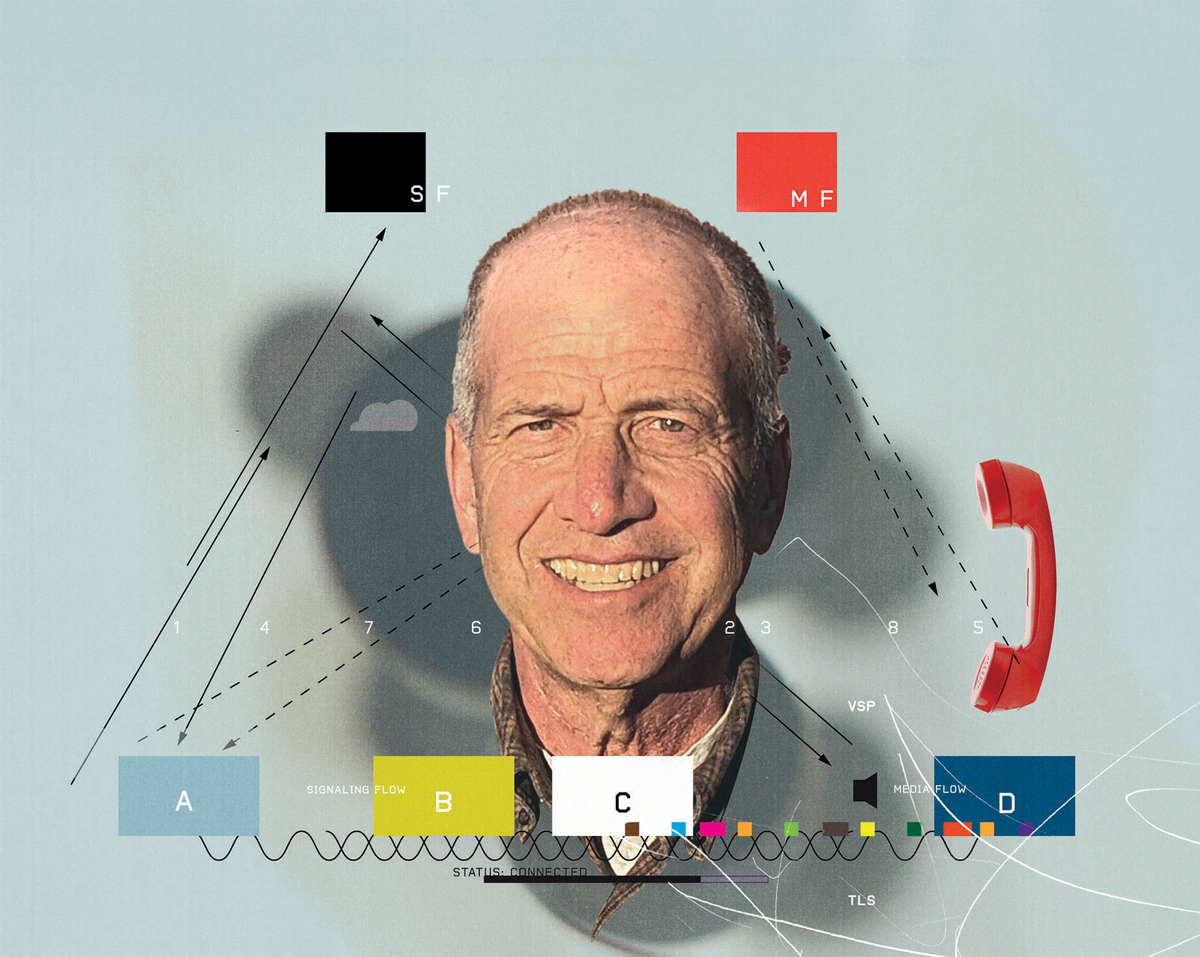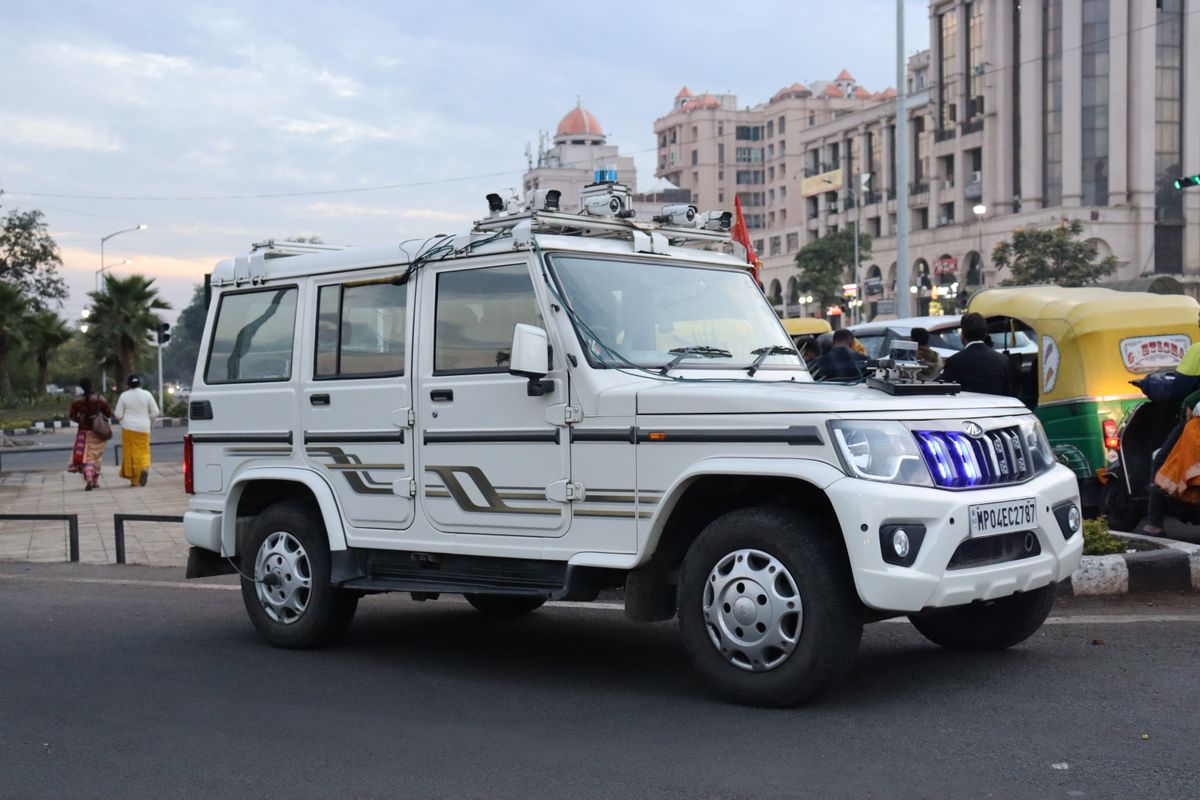Mouser and Grant Imahara team up with the creative minds at WIRED Brand Lab to take a look at the modern city. We’re traveling the world to see and learn from the innovators and progressive companies creating a more livable future for our cities. Get ready to explore new ideas and discover what a “smart” future may hold.
What role does technology play in making cities of the future smarter and more efficient? In this 5-part video series, Grant Imahara travels the globe to explore where humanity is heading and what companies are driving us there.
In the next video, Grant Imahara will visit Porto Portugal to meet with Veniam, a local company that is transforming the city into a Wi-Fi mesh network comprised of mobile hotspots.
Then in Tokyo, Japan, get ready to explore a new concept in indoor farming. Grant Imahara visits Mirai inside a repurposed former semiconductor fabrication factory. You won't believe what ideas are growing inside the world's largest indoor farm.
The last stop on the tour will be Los Angeles, California. Here we will discover new realities in Augmented Reality (AR). Grant Imahara will visit DAQRI, a company in the City of Dreams developing AR products and technologies that enhance human capabilities in manufacturing applications.
Be sure to also take a look at Wired’s article Shaping Smarter Cities: Assessing Global Challenges for a look at how technology will address the challenges across the globe.
Learn more about Mouser’s Empowering Innovation Together campaign.



